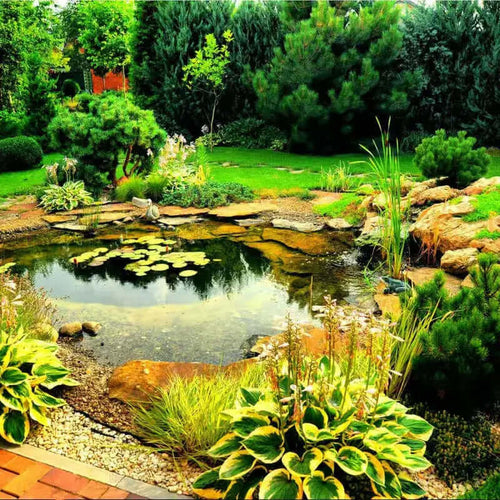Native Plant Types
Each of these native species of plants has a use and a purpose. Restoring the habitat of plants native to our habitat preserves biodiversity. One of the primary reasons for planting these unique types of plants on your property remains that they are already perfectly suited to the weather and climate of your area. You don't have to worry about whether your plants are suited to your garden or not because they are ideally suited for your property and climate.
Even the urban homeowner can provide native plants to their neighborhood by growing them in their yards. And, you don't have to dig up your entire yard to have a biodiverse garden on your property. Plus, each planting you make of natural, indigenous plants preserves the habitat of the local wild animals, too.
Live Stakes Are Often Used In Habitat Restoration Plantings
Live stakes are the soil bioengineering term for a plant that prevents erosion in slopes and stream banks. The stems and roots of these plants work structurally to provide the soil around a stream or the banks of a hill with support and take care of other various types of erosion problems. Using indigenous plants as stakes enhances the native environment and the beauty of a landscape.
Natural Grasses
Some may think that grass is grass. But if you use greens native to your area, you ensure a hardy grass that will grow well in your landscape and provide excellent forage for local animals and insects. Using native grass also ensures that your grass choice will adapt to your area's weather and water availability. To landscape with native grass, use it much as a landscape artist would use color.
Wetland Plants
Wetlands are areas of the landscape that are saturated or covered with water for at least part of your growing season. Diverse plants love living in swamps and are native to our area. Three specific types of moisture-loving plants are available and do well in wetland conditions. Submerged plants grow well under the water; Some wetland plants grow on the water's surface. And many wetland plants grow next to the sea, such as evergreen trees and shrubs. Animals and insects that enjoy living in moist cultures will thrive in your moisture-inspired habitat. Some animals and insects require these plants to breed or raise their young.
Fascines and Brush Layers
A fascine is a bundle of brushwood or other natural materials used to strengthen a structure made of soil. Fascines and brush layers work similarly to live stakes. They use trees and shrubs that root easily in moist environments to stabilize land areas that might erode or create natural shorelines on properties with water features. Fascines are living branches bundled together to trap sediment that is laid horizontally along with water features. Brush layers are living offices placed along stream banks between soil layers to control erosion around slopes or stream banks.



















































